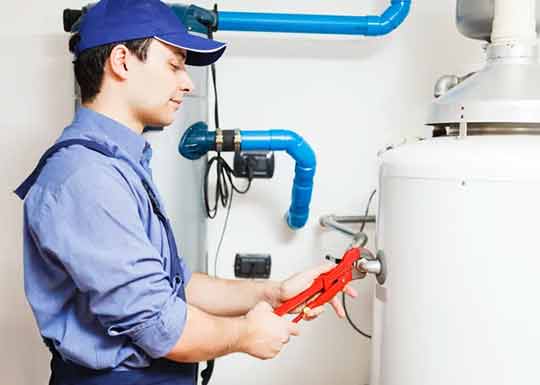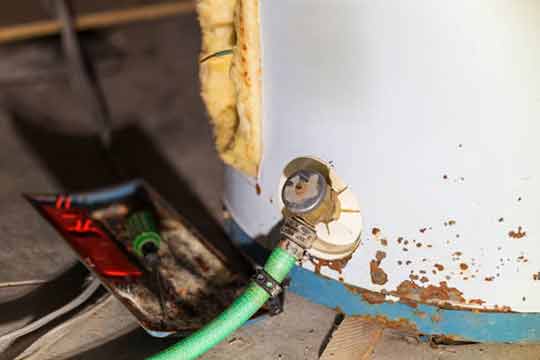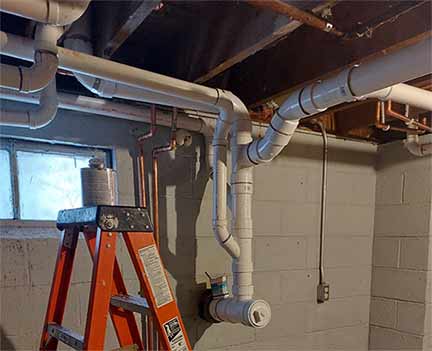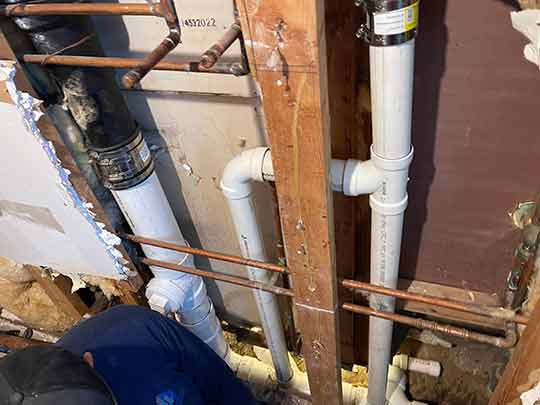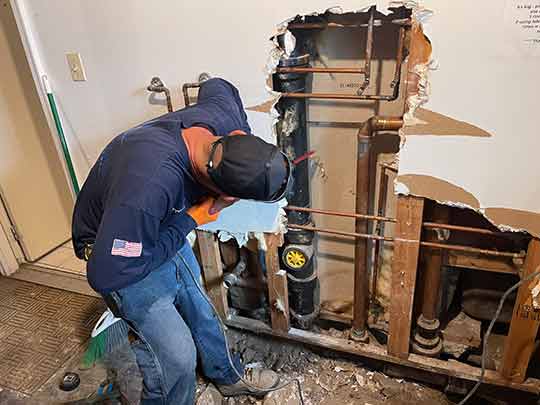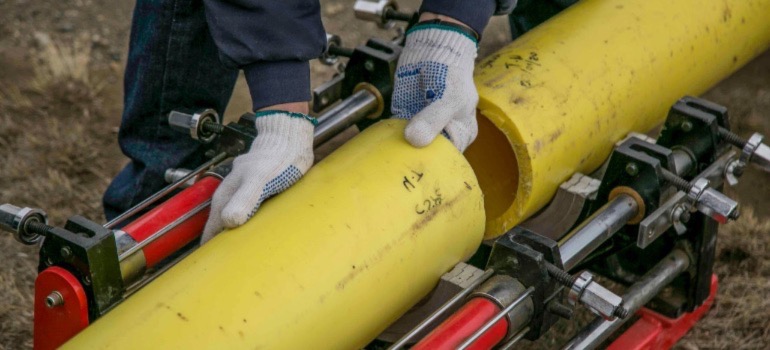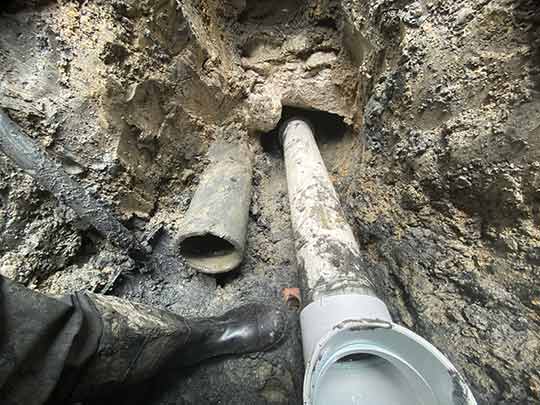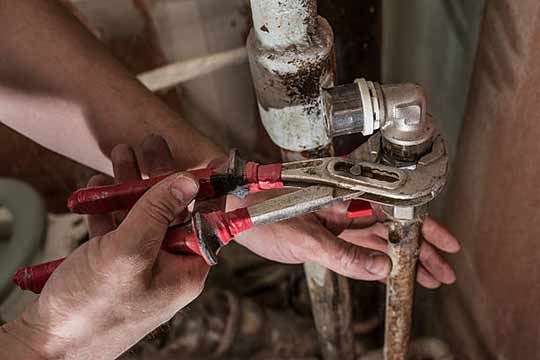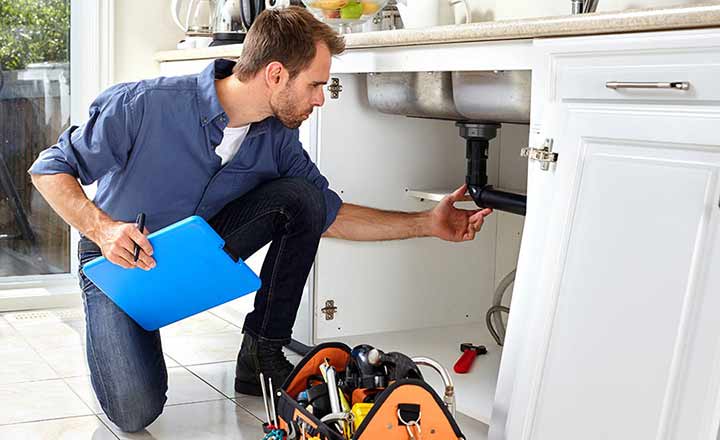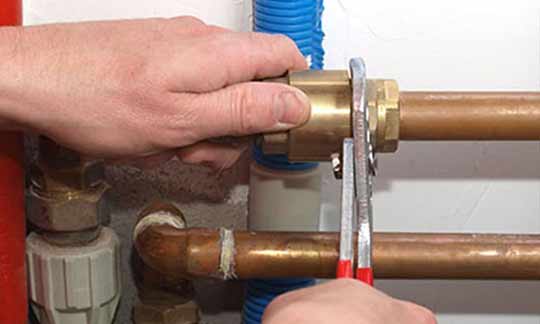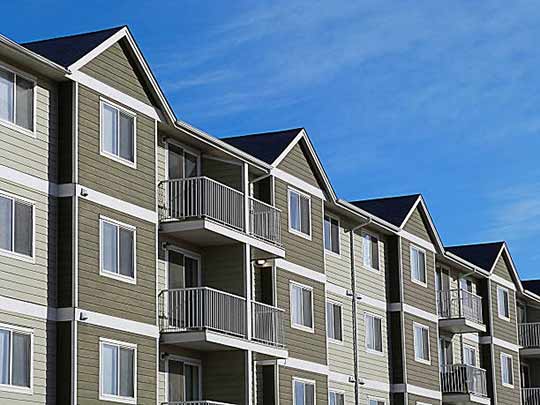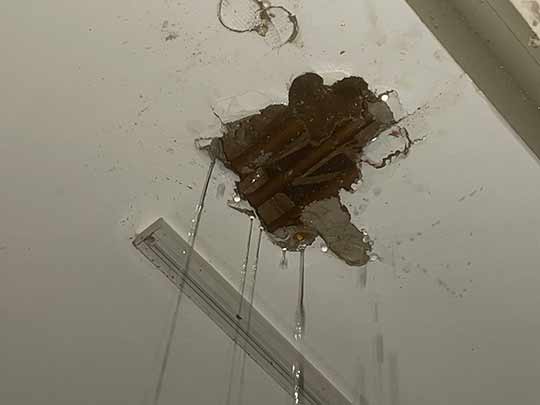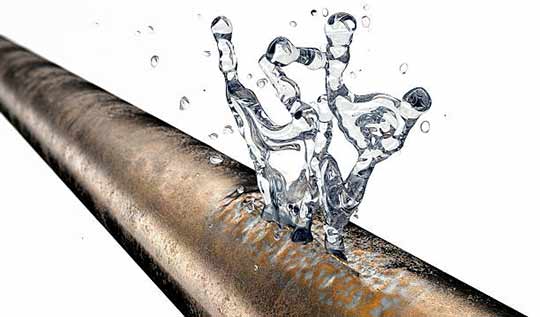Understanding the Causes of Sewer Smell
Dealing with a persistent sewer smell in your basement bathroom can be a frustrating and unpleasant experience. The unpleasant odor can not only make spending time in the bathroom uncomfortable but may also indicate an underlying issue that needs to be addressed. Here we will discuss some effective tips for eliminating and preventing sewer smells in your basement bathroom. Before we delve into the solutions, it’s important to understand the common causes of sewer smell.
Drain Trap Evaporation: In many cases, the primary cause of a sewer smell is the evaporation of water in the drain trap. Drain traps are designed to prevent sewer gases from entering your living space by holding a small amount of water, creating a barrier. However, if the drain trap dries out due to infrequent use or a plumbing issue, it can allow sewer odors to escape.
Faulty Ventilation: Another common cause is inadequate or faulty ventilation. Plumbing systems rely on vents to maintain pressure and proper airflow. When these vents become blocked or damaged, the sewer gases may not be able to escape, leading to a foul smell.
Broken or Leaking Pipes: Damaged or deteriorating pipes can also contribute to sewer smells in your basement bathroom. Cracked or broken pipes can allow sewer gases to escape, permeating your living space with an unpleasant odor.
Inadequate Sealing: Improper sealing around plumbing fixtures, such as toilets or sinks, can also lead to sewer smells in your basement bathroom. If there are gaps or cracks in the sealing, sewer gases can seep through and create an unpleasant odor.
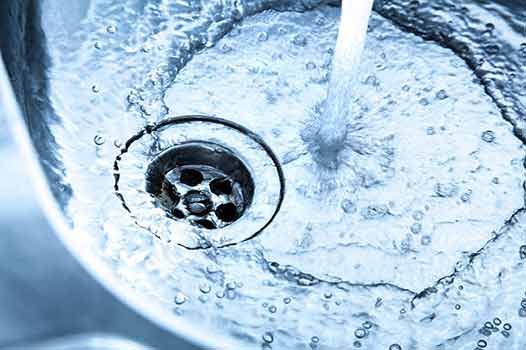
It is advisable to periodically run water in all the unused drains, including the shower, sink, and toilet.
Effective Solutions for Eliminating Sewer Smells
Now that we have identified the common causes of sewer smells, let’s explore some effective solutions to eliminate the persistent odor in your basement bathroom:
Regularly Run Water in Unused Drains
If your basement bathroom is infrequently used, the drain traps might dry out, leading to sewer smells. To prevent this, it is advisable to periodically run water in all the unused drains, including the shower, sink, and toilet. This simple act can refill the drain traps, creating a barrier against sewer gases.
Clean and Maintain Your Ventilation System
Ensure that your ventilation system is clear of any blockages or debris that may restrict airflow. Regularly inspect and clean your vents to maintain proper ventilation and prevent sewer smells from lingering in your basement bathroom.
Check for and Repair Pipe Damage
If you suspect that damaged pipes are contributing to the sewer smell, it is crucial to address the issue promptly. Inspect the pipes in your basement bathroom for any visible signs of damage, such as cracks or leaks. Contact a plumber to repair or replace any faulty pipes, ensuring the elimination of sewer odors and preventing further damage.
Re-Seal Plumbing Fixtures
Examine the seals around your plumbing fixtures to identify any gaps or cracks. If you notice any areas of inadequate sealing, apply a waterproof sealant to create an airtight barrier. This will prevent sewer gases from escaping and alleviate the persistent smell in your basement bathroom.
Keep Your Basement Bathroom Clean
Maintaining cleanliness in your basement bathroom is crucial for eliminating sewer smells. Regularly clean all surfaces, including floors, walls, and fixtures, using appropriate cleaning products. Clean any mold you might find in the shower and bath area. Pay special attention to areas that may trap moisture or accumulate grime, as these can contribute to the unpleasant odor.
Contact a Professional
If you have attempted the above solutions and are still facing persistent sewer smells in your basement bathroom, it is recommended to call a licensed residential plumber. They will be able to conduct a detailed inspection of your plumbing system and identify any underlying issues that may require professional intervention.
By following these tips and solutions, you can effectively eliminate the persistent sewer smell in your basement bathroom and create a clean and odor-free environment. Remember, early detection and prompt action are key to preventing further damage to your plumbing system and ensuring the comfort of your living space.

